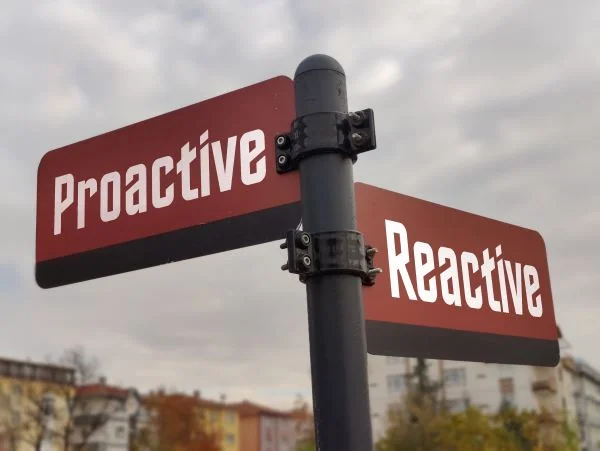Five ways to improve meeting outcomes
People continue to rank “time spent in meetings” among their top workplace complaints. Why are meetings so excruciating? The primary reason cited is that, too often, the same or a better outcome could have been achieved without a meeting.
There are essentially two types of meetings:
1. Meetings to share information that might be used later
2. Meetings to produce outcomes that individuals alone cannot produce
For meetings to be effective, everyone attending must agree on the purpose, scope, and approach to be followed. The primary reasons that meetings fail are a lack of information, consensus, or commitment.
You can improve meeting outcomes with some simple, systematic planning. The following five steps for meeting management, take the dread out of meetings. These steps not only help to produce your expected outcomes, they also respect the time and the ability to contribute of the people who attend.
1. Set the scope of the meeting
Establish and agree on the theme for the meeting. A clear theme allows the group to agree on which concerns are in scope and to detect whether the meeting is staying on track or becoming unfocused.
If participants raise concerns that are out of scope, you can acknowledge that what they are saying is valuable, but not relevant to the scope. Recording these concerns and promising to revisit them at the appropriate time will relieve the group’s need to discuss them, allowing you to stay focused on relevant topics.
2. Identify the concerns to be addressed
Separate and clarify the concerns to be addressed during the meeting. Understanding the concerns to be addressed and why they are concerns, helps us determine what information, consensus, or commitment is needed for resolution.
People sometimes use descriptions of concerns that are too broad, or use labels rather than specific, pinpointed descriptions. Breaking down descriptions such as “morale problem” or “communication difficulties” into specific clear concerns improves our ability to reach resolution.
3. Prioritize the concerns to be addressed
Share information about the actual impact, up until this moment, of each concern. Describe the anticipated impact if this concern is left unresolved, and the deadline for resolution. People are more likely to attend, and actively participate, if they recognize that the cost of inaction is significant, relative to other concerns they could be addressing.
If people are using biases, unfounded conclusions, or emotions to set priority, test the information. Questions such as “How do you know that?” or “What is the source of this information?” or “What evidence do you have?” will help reveal assumptions.
4. Plan the approach
Agree on what questions need to be answered in the meeting, and in what order, to close the information, consensus, or commitment gaps that are preventing resolution of each concern. As with the scope of the meeting, gaining agreement on the approach will help the team assess whether the meeting is staying on track to close the gaps, or becoming unfocused.
If people jump to conclusions about the cause of a problem, or the best alternative for a decision, or actions to address risk, capture their ideas in a parking lot and review the agreed approach. Remind them of all the questions the team needs to answer and why the order of answering them is important.
5. Consider who should be in the meeting
Determine who needs to be present to provide answers to the agreed questions, and who needs to be present to evaluate the answers that are given. Inviting only people whose knowledge and commitment are necessary to resolve the concerns will streamline the meeting and minimize the need for additional meetings.
If invited people are unable to attend, or people not invited want to attend, review the information, consensus, or commitment gaps to be addressed and look at why people were invited. Explain that people were invited because they either have content expertise or knowledge that needs to be shared in person, or they need to be involved for approval and commitment.
A systematic approach improves outcomes
If you ask people about the one thing they would like to improve in their workplace, many times they will respond “meetings.” Meetings consume valuable time and resources, and often don’t achieve results. However, using the systematic approach outlined above helps meeting participants understand the purpose, scope, and the approach to be followed and will improve your meeting outcomes.



